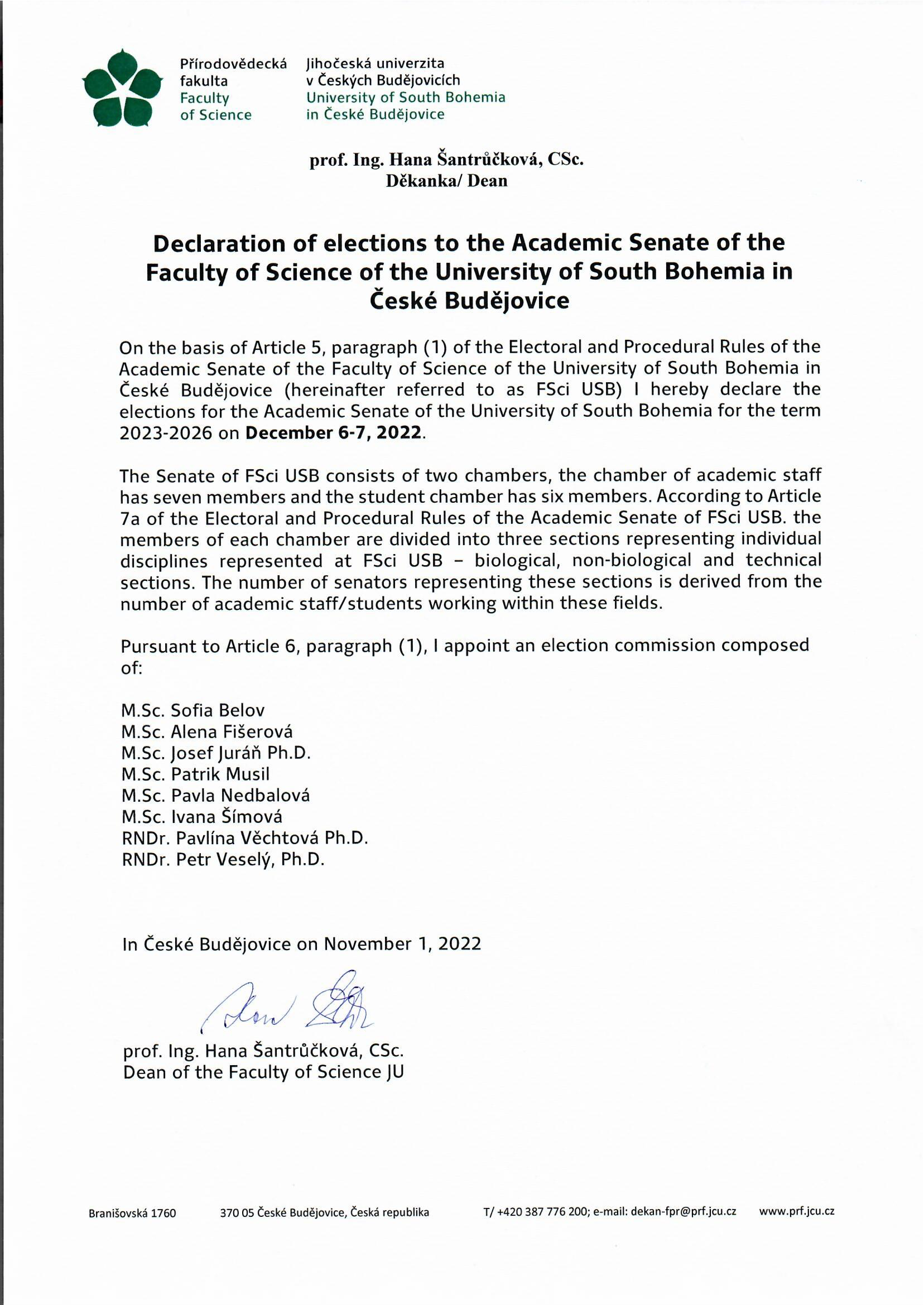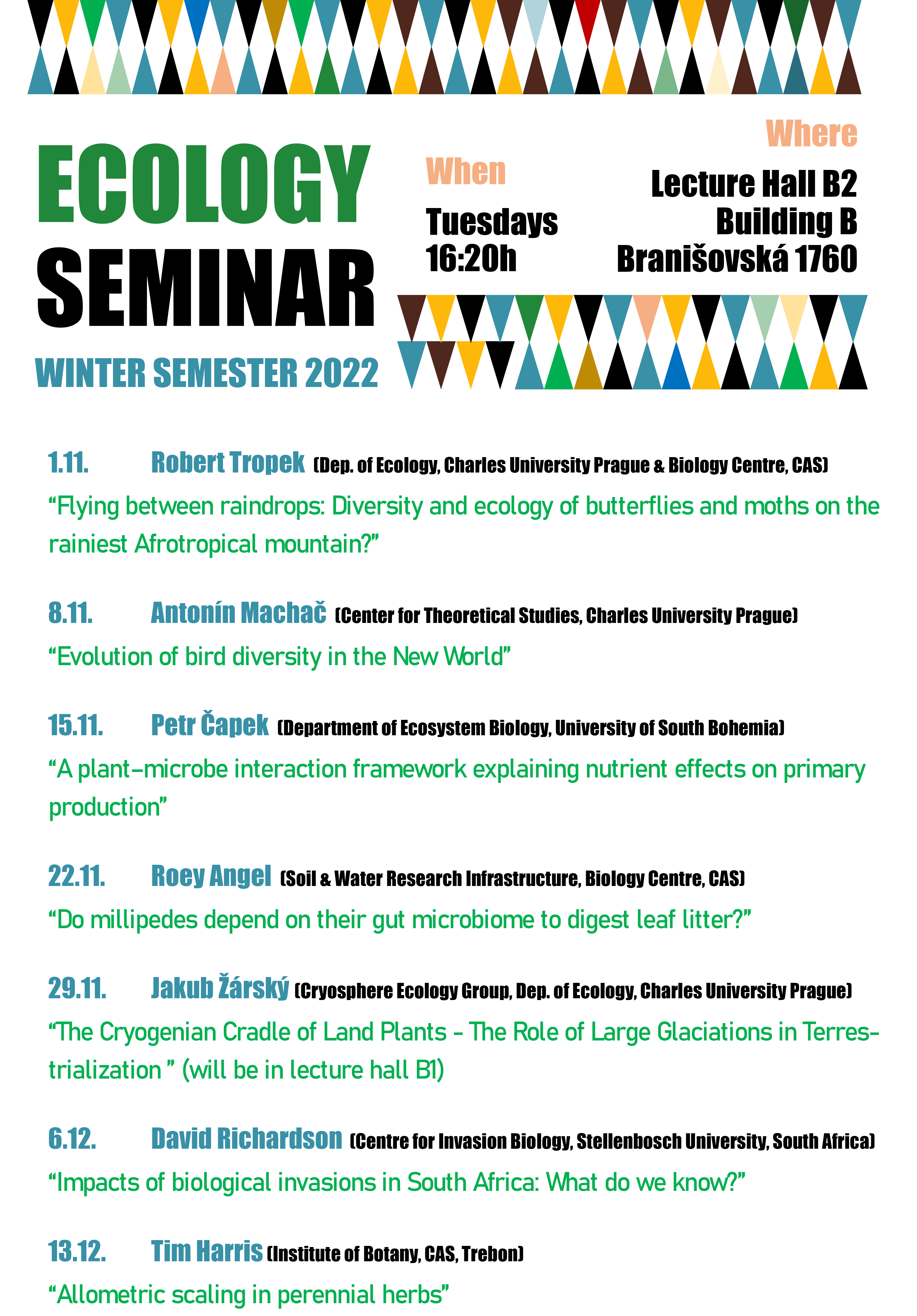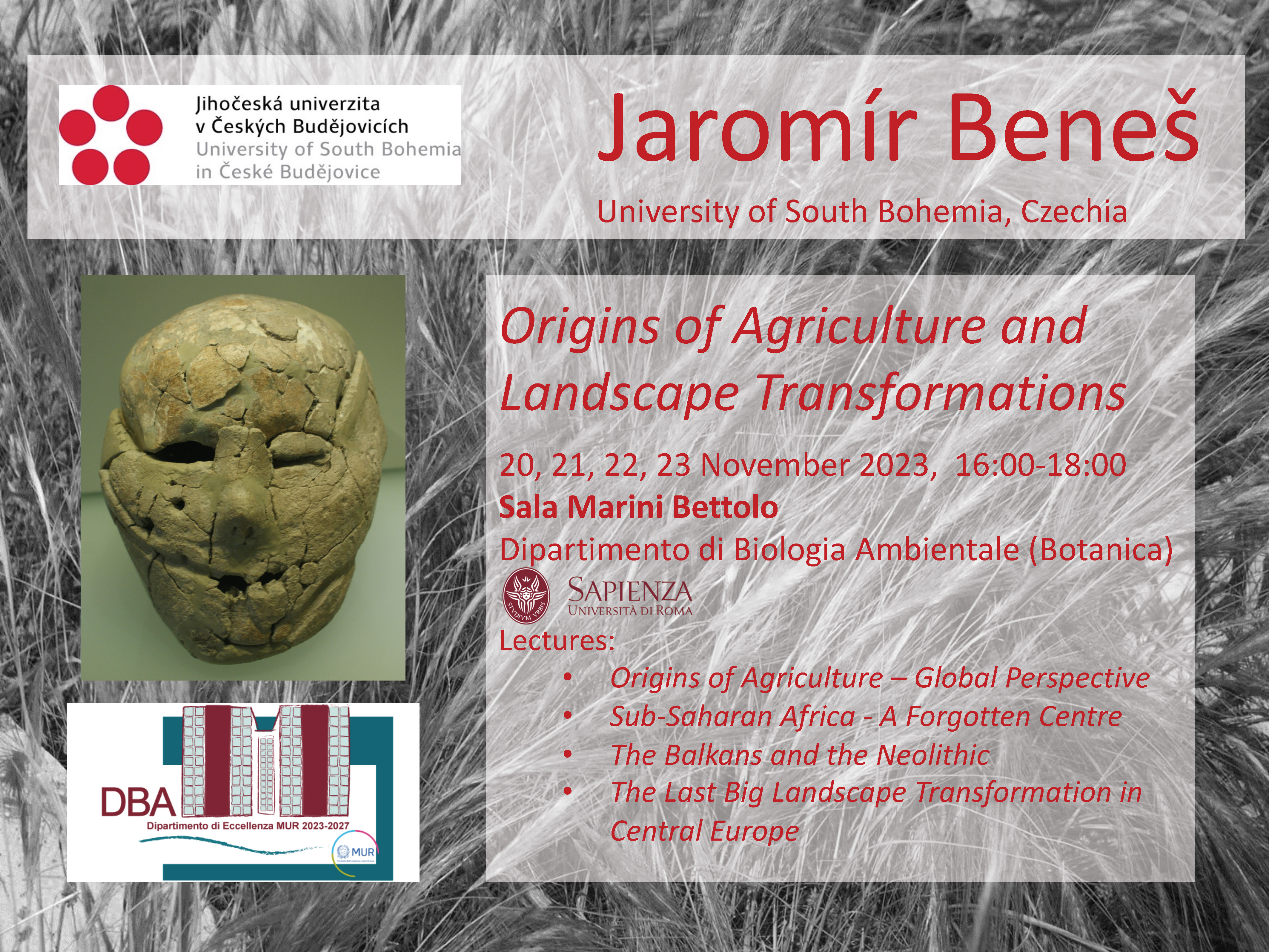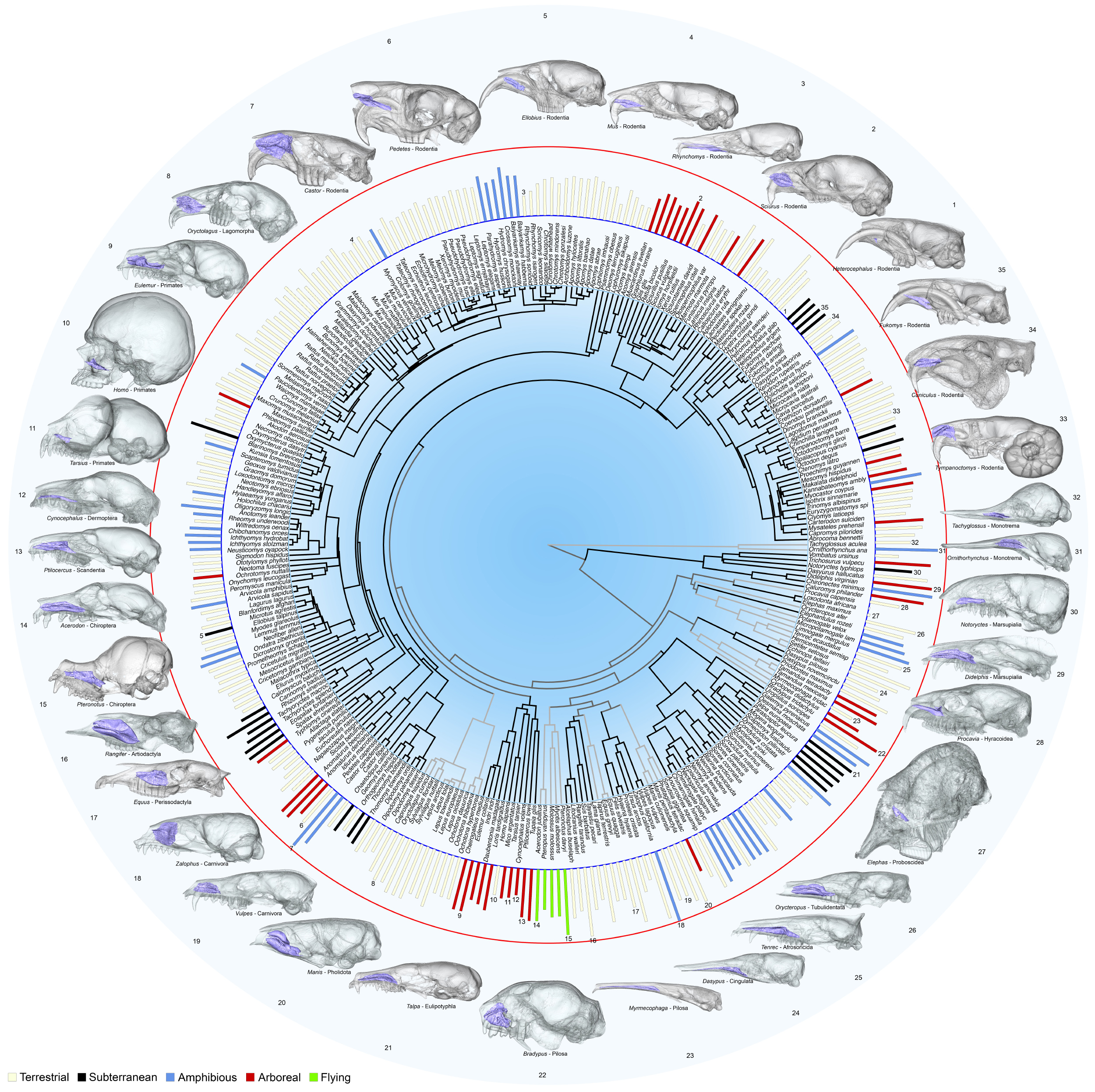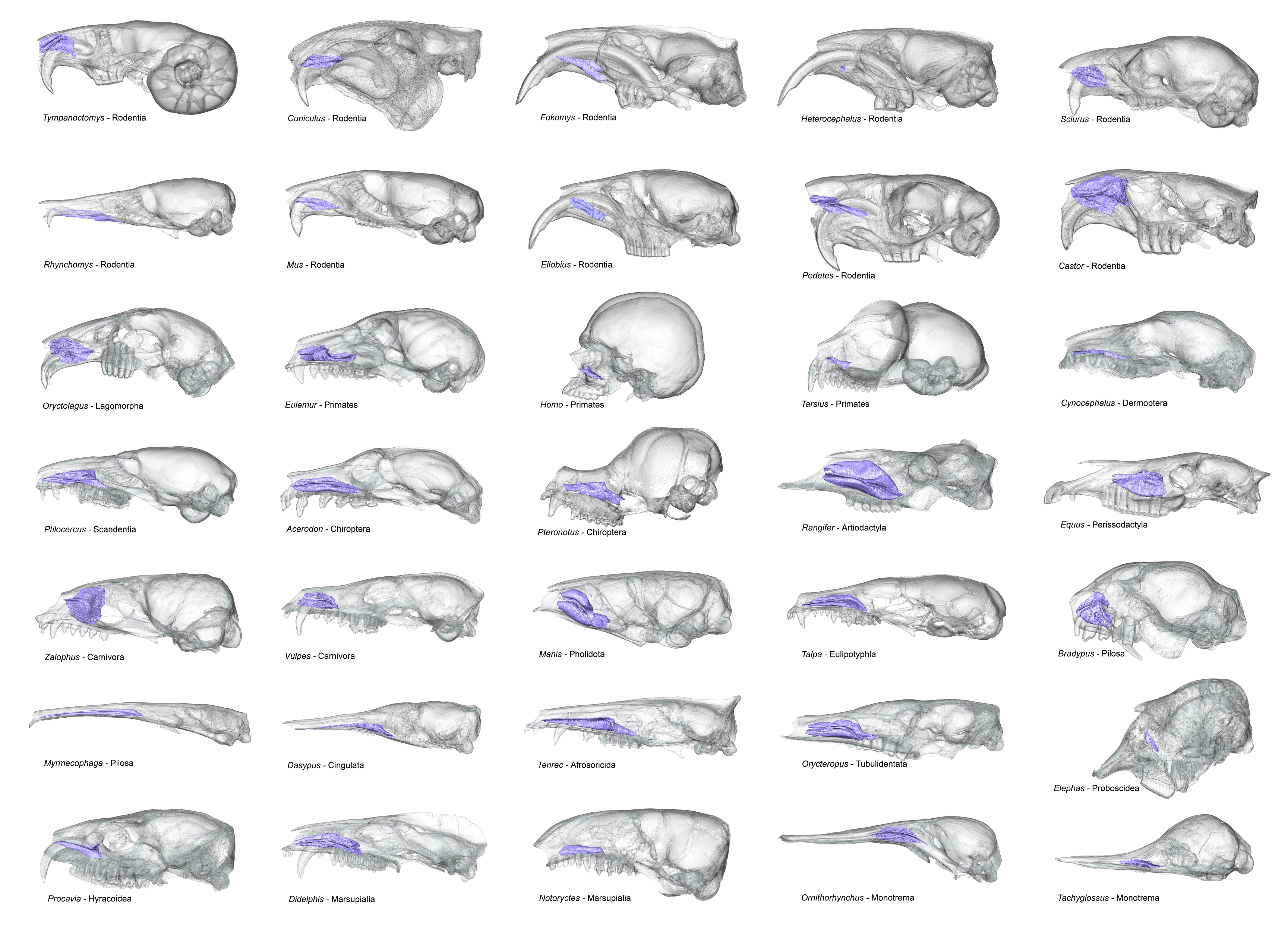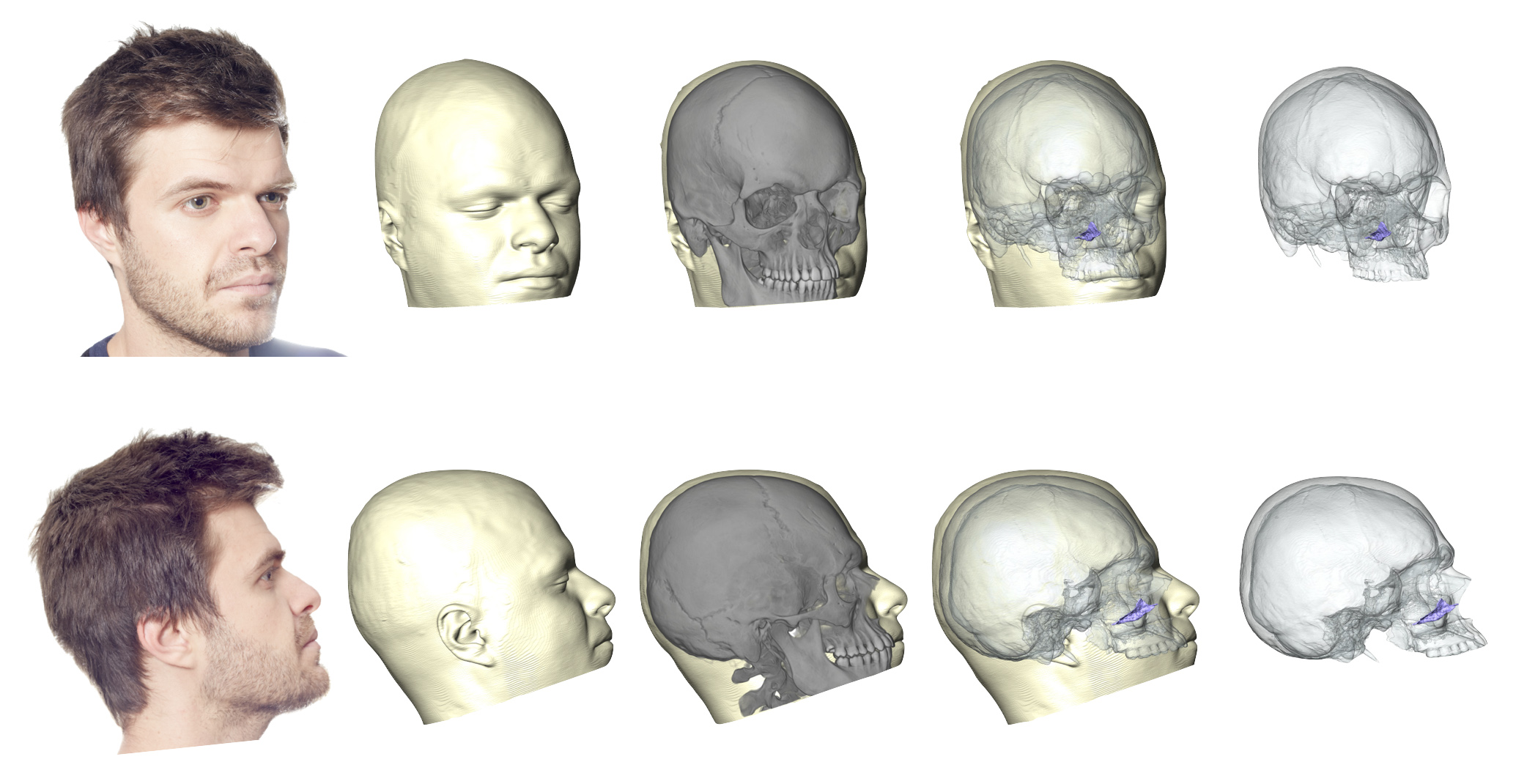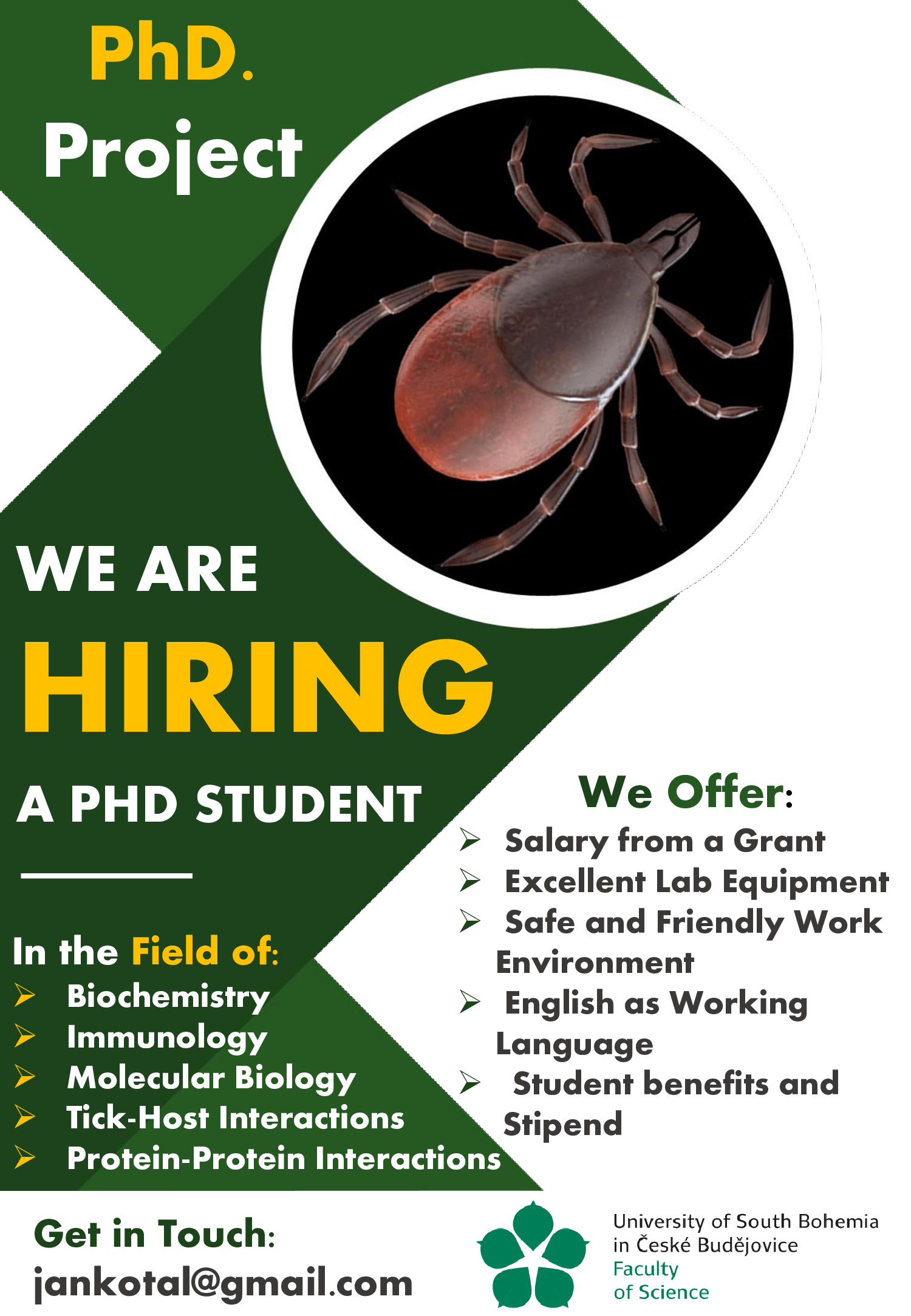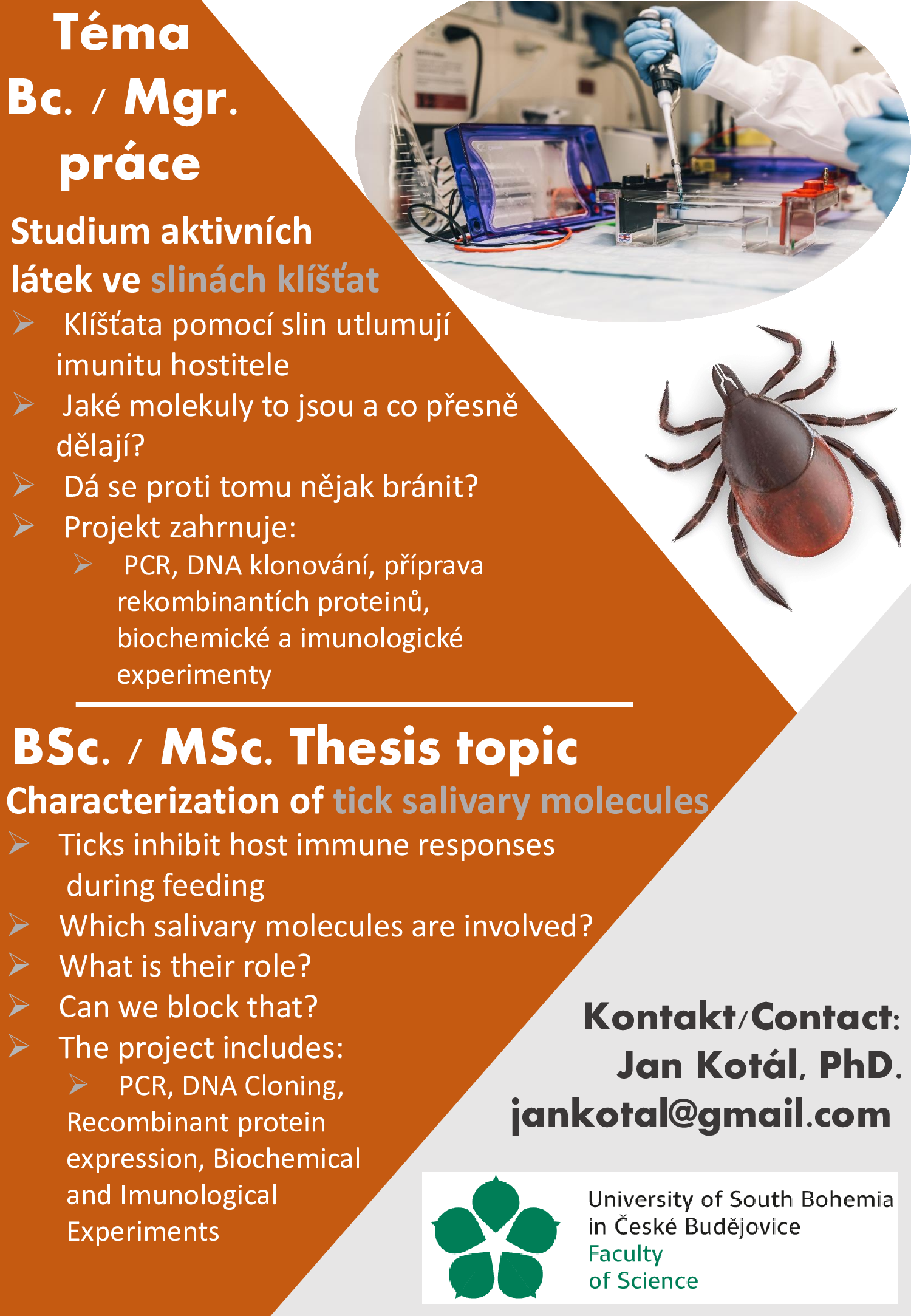Biosensors as a public health tool
Research by a team of scientists from the Institute of Physics of the Czech Academy of Sciences has been published by the prestigious Journal of Travel Medicine
Scientists from the Institute of Physics of the Czech Academy of Sciences have published the results of extensive research in the field of public health. Their aim was to map the occurrence of SARS-CoV-2 virus in Prague public transport during the COVID-19 pandemic. The team from the Laboratory of Functional Biointerfaces, led by Hana Lísalová, developed special biosensors for testing. Their use has provided new insights into the fight against infectious diseases. The research, which has recently been published inJournal of Travel Medicine, was implemented in collaboration with the Biology Centre of the Czech Academy of Sciences, University of South Bohemia in České Budějovice, Taiwanese Academia Sinica, ELI ERIC and Prague Public Transit Company.
The study confirmed the potential of biosensors as a tool for virus detection in public environments. Specifically, it focused on virus detection in hundreds of diverse complex samples prepared from swabs of surfaces in public transport. The research builds on the team's previous work published in ACS Applied Materials and Interfaces, which provided a novel biosensor design and demonstrated its effectiveness in detecting SARS-CoV-2 virus in clinical samples from patients with COVID-19. Now the team has extended their method to significantly more diverse swab samples from surfaces of exposed sites in public spaces.
Hana Lísalová, head of the research team, said: "We are excited about the results of our research and believe that our findings can have a significant impact on public health. Biosensors are proving to be a promising tool for monitoring the presence of viruses and infectious risks in public spaces, allowing for the rapid and effective setting of adequate measures to reduce the possibility of disease spread."
"I greatly appreciate the courage of Hana Lísalová and her team to break into the public health field and embark on research into the ways SARS-CoV-2 virus can be spread even in such a turbulent and uncertain time as the COVID-19 pandemic. All the logistics of sample collection were made possible by the collaboration of the entire interdisciplinary team of the Division of Optics, including the involvement of our students," said Alexandr Dejneka, head of the Division of Optics of the Institute of Physics.
The biosensor system is highly adaptable and can be used to detect a wide range of viruses. The result could not have been achieved without collaboration with the Biology Centre of the Czech Academy of Sciences and the University of South Bohemia in České Budějovice.
"While testing the samples collected in public transport, several were positive for the detection of SARS-CoV-2 virus. Subsequently, we were interested in whether this was an infectious virus or already inactivated viral particles. We verified the infectivity of the virus by culture experiments in our BSL3 laboratory. A laboratory with this classification has to meet very strict biosafety criteria, so that even these high-risk pathogens can be studied there," said Václav Hönig from the Biology Centre of the Czech Academy of Sciences.
"Our research team is interested in the development of universal biosensors that are able to detect a wide range of pathogens, so we were pleased to be involved in the collaboration with Dr. Lísalová and her research team using this uniquely designed biosensor. The COVID-19 pandemic enabled the collection of a large number of samples that were used not only to test the sensitivity and specificity of the biosensors, but also to analyse the importance of the much-discussed transmission of infection through surfaces in everyday life. Dr. Lísalová's biosensor confirmed its versatility, and we believe that it has the potential to be used for the detection of other pathogens and thus contribute to the protection of human health worldwide," summarises Ján Štěrba from the Faculty of Science of the University of South Bohemia in České Budějovice.
The study also focused on the comparison of the results of SARS-CoV-2 detection using the biosensor and the standard PCR method. The results showed that the combination of two sensitive and reliable methods based on different detection principles can monitor the risk of the virus spread in public spaces much more accurately than using only one method. The results of the study have the potential to revolutionise the way we monitor and detect viruses in public spaces and demonstrate the potential of biosensors as a complementary screening tool in epidemic monitoring and forecasting. They could pave the way for further breakthroughs in public health.
The research by the team from the Institute of Physics of the Czech Academy of Sciences not only provides revolutionary findings in the field of biosensors, but also underlines the importance of collaboration between research institutions and universities. The published work is proof that this collaboration allows to cross the boundaries of individual disciplines.

